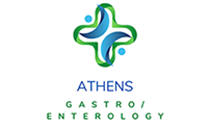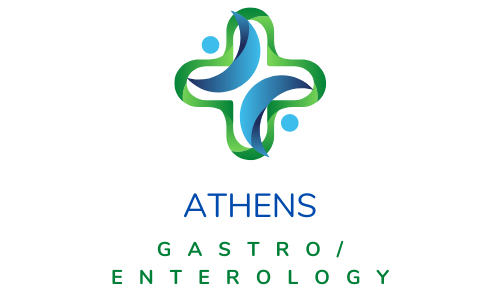Gut colic
Gut colic
Colic episodes are a symptom of sharp pains, lasting from minutes to hours, in the abdominal region associated with muscles of an organ contracting. There are two types of colic pain that a gastroenterologist can help you with, biliary colic and intestinal colic. Biliary colic is due to the blocking of the bile ducts by a gallstone. The bile, produced in the liver, may harden and form stones that block the release of bile into the intestines. This is why pain may be felt after a big meal, especially a fatty one. The pain will be focused around the centre of the abdomen, where the gallbladder is found. In the case of intestinal colic, it is most often not an isolated symptom, a patient may at the same time have constipation or diarrhoea, bloating, vomiting, dizziness, and fever. It may be associated with irritable bowel syndrome (IBS), bowel obstruction, gastroenteritis, or even polyps and cancer.

In the clinic the doctor may recommend some examinations to determine the cause of the colic episode in order to propose the appropriate treatment plan. Depending on the area of the pain the tests can vary from a urinalysis on a urine sample, to imaging studies such as X-rays or CT scans. It is important in the case of intestinal colic to rule out polyps or cancer which may require a colonoscopy. Once the cause is established, there are a variety of treatment options available depending on if the colic episode is biliary or intestinal. Anti-inflammatories, painkillers and alpha blockers (for kidney stones) are possible medications the doctor may administer, but it may also be possible to perform certain procedures.

